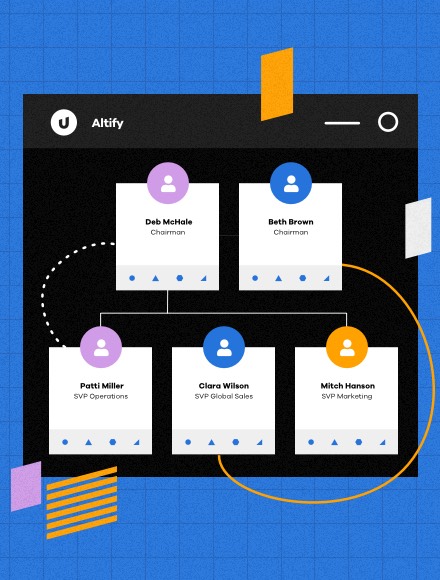Five key questions to build a relationship strategy were outlined in our previous blog post to help businesses consider the existing state of their relationship mapping tools in order to determine a starting point.
You have now figured out who matters and how they think. Next you need to assess whether they will be on your side and support as you work to build a relationship between your company and theirs. Do they have a preference for you or a competitor?
This is where it gets a little tricky. To understand your current relationship, and the relationship gap you need to consider the context. You need to differentiate between the account and the opportunity relationship. They might be the same, but there are reasons to consider why they might be different.
Preference belongs to the customer and describes whether the customer has a greater liking for you than for alternatives.
Questions to see who’s already bought in
The following 10 questions will get your brain working to assess the level of support you might expect from an individual and to determine whether they are friend or foe. (Hint: You are looking for a lot of “Yes” answers)
- Does this person talk to others about the value your company can bring to their organization?
- Are they willing to be a reference for you with other customers?
- Have they introduced/supported you in meetings with other senior influencers in their company?
- When speaking with others, do they refer to you as their chosen business partner?
- Do they share internal or competitive insights that can help you to strengthen your position?
- Do they proactively advise you when issues arise in their organization that might affect your position?
- Do you consider them a partner that you can count on to help you develop the value proposition for their business area?
- Do they speak with Key Players about the value that you have brought to their company?
- Do they look for your input on general issues that are not specifically related to your products?
- Do they proactively come to you with ideas that might help you win?
Relationship mapping tools
To chart a path to your desired destination it is always good to know where you are. Documenting your current relationship, both in the context of the account and any active opportunity, provides clarity on the current state. This is where relationship mapping plays a key role. If you have selected your account well, using an Ideal Customer Profile (ICP) framework, you know the typical roles or titles in an organization with whom you need relationships.
As you assess your current relationship in an account, it is important to consider the status and influence each person on your team has with his or her counterpart in the customer’s organization. For example, if you have just taken over an account, but the history between the two companies has been fractious because the customer perceives that your company has not delivered on its previous promises, then it is extremely likely that your initial relationship will be rocky.. This means that the account will only look to you as a source of information as it pertains to an opportunity that is already underway and will not look to you for strategic account advice. Conversely, if there is a trusted stakeholder relationship between someone in your company and a key player in the customer’s organization, then you will benefit from that halo effect. That gives you a better place to start and you can build on that foundation; next, is to identify who matters.



